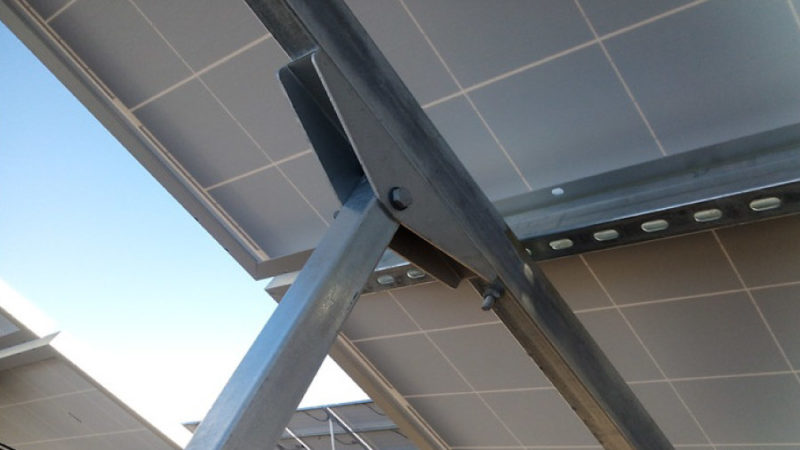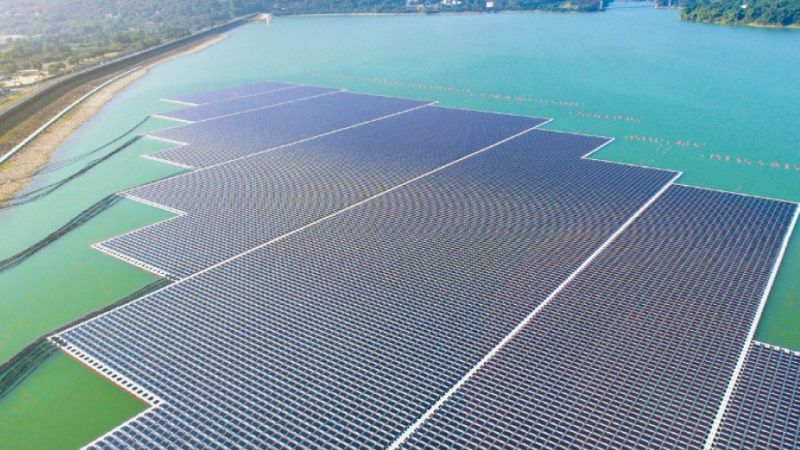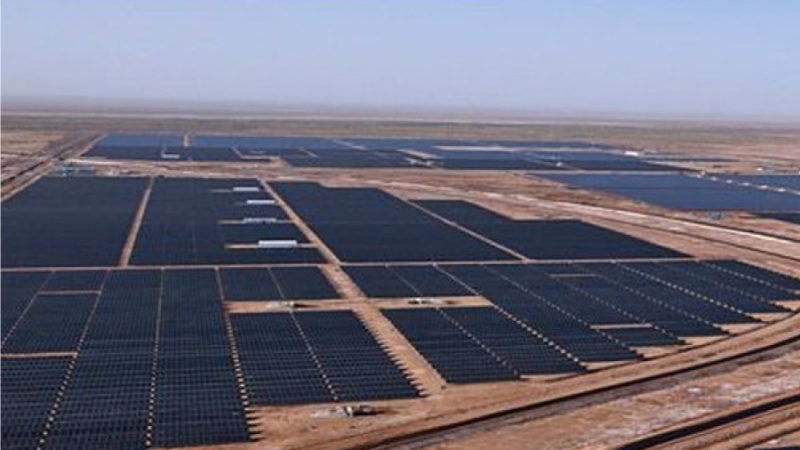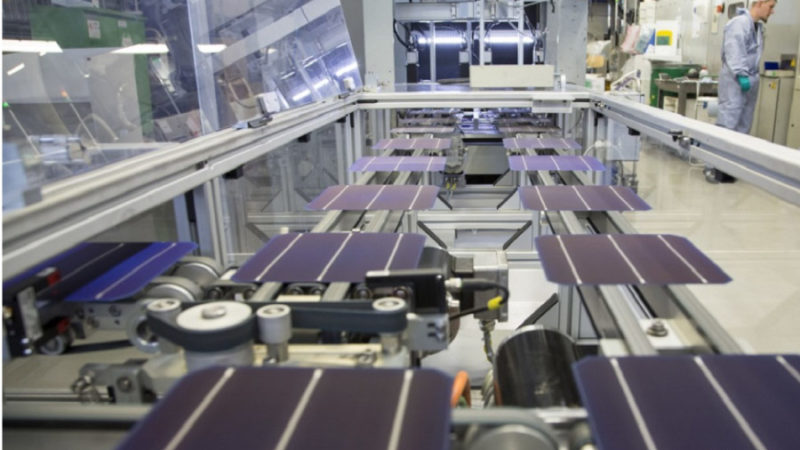Solar EPC Challenges – India

Indian solar sector presents huge opportunity for EPC contractors over the next couple of years. However, the Indian Solar EPC industry is faced with set challenges – few on account of changing market dynamics – while the others are due to bureaucratic hurdles.
Government support and encouragement has helped Indian solar industry to reach close to 25 per cent of the set targets of 100 GW set for 2022 – as of June 2018. As per India’s solar tender trajectory, issued by the Ministry of New and Renewable Energy (MNRE) in November 2017 – the country plans to tender around 36 GW of solar capacity for next two year period ending March 2020. This translates into a huge opportunity for EPC contractors over the next couple of years. However, the EPC industry is faced with set challenges. While some challenges faced by the segment is on account of changing market dynamics – the other are due to bureaucratic hurdles.
Though, PV power plants are not as complex as some of the other conventional or renewable technologies. However, being an EPC contractor in India is complicated as along with the building of the power plant, EPC player has to simultaneously cope up with many of the stakeholder. These includes ministries and departments, statutory and local entities, customers and internal teams, vendors and subcontractors. In addition to this EPC player also has to focus on retaining the profitability for projects at the same moment. Thus, with all these roles – focusing on COST and TIME pressures make the solar PV EPC – a challenging task.
Key challenges:
Although the 100 GW solar targets have created ample opportunities in the segment, the EPC market segment continues to experience a number of challenges. For solar EPC companies – the foremost challenges are related to Land acquisition, Engineering, Supply chain, Site operations, Liaising, etc.. In addition, there are certain other issues and challenges that are faced by the segment due to recent reforms..
Land acquisition: This is one of the most challenging tasks in the whole project. A good land parcel is defined through certain parameters such as vicinity of the pooling substation, topography, soil geology, soil characteristics and land shape. The key challenge lies in giving due consideration to the above parameters while bringing all the stakeholders to an agreement on finalization of the land agreement and completion of land transfer formalities.
However, challenges of finding the right land are not the only hurdles, getting a cost agreement for the land is also an issue since in India land holdings are generally divided into several family members. In addition, there are regulatory bottlenecks like- lands identified as farmlands cannot be taken for solar installation.
Engineering: Every project is unique and to a certain extent requires new thinking and fresh approaches, both at engineering and operational fronts. Innovative engineering systems and procedures can contribute to quick project setup. However, EPC players need comprehensive geo-technical reports, the availability of solar resources and ambient circumstances in order to establish an innovative engineering system.
However, as there is no such reliable data in store with the Indian Government, activities like sustaining plant stability, the field levelling, safeguarding against wind loads, minimizing repair costs becomes very difficult.
Thus a strong engineering arm is critical to the EPC success as it enables optimization of plant design. Further, given the time constraint, an established in-house design team quickly provides solutions to an envisaged or existing problem, thus saving valuable time and cost and help in improving operating margins.
Supply Management: A developing trend in the solar industry is the finalization of an EPC contractor at the very end of the allocated project duration. This puts undue burden on the EPC contractor for ordering and supply of long lead items and completing the project within a reduced time frame. With reduced lead time for plant equipment and other materials it becomes essential to keep a continual vigil on the suppliers to adhere to the delivery schedule.
Lands selected for large solar (ground mounted) installations are usually far from residential areas. Unfortunately, transportation is still not well established in remote regions of India, thus transporting all necessary solar components at the desired location is often difficult, time-consuming and expensive task.
Site operations: The challenge in solar EPC is not that of critical design, high precision or high degree of complication but timely completion as the project schedule is highly overlapping while the execution is driven by a lean team. In addition to this, complete attention to safety and quality at every step ensures delivery of a world class asset that will perform for 25 years.
Liaising: Liaising involves dealing with multiple stakeholders, officials and departments across locations. The challenge here is to effectively interface with all the external agencies to meet the timelines of the project. Very often there are no set processes as networking is official centric and calls for having several rounds of discussions to finalize the sequence of activities for meeting the needs of all the stakeholders.
Other Challenges
In addition to above, one of the key challenges for EPC contractors that have arisen in recent times is the goods and services tax (GST) – as the earlier untaxed renewable energy equipment is now being taxed at 5 per cent. Moreover, there are several equipment categories that fall under the 12-18 per cent bracket as these do not pertain specifically to the renewable energy market. In wake of this, EPC works of under-construction projects are also anticipated to delay due to uncertainty concerning the taxes imposed on solar energy equipment. This could also result in EPC services becoming slightly dearer in the coming few months until the market realigns itself.
Moreover, the fluctuation in exchange rates puts pressure on the margins of the EPC players. Due to a high import portion of the project cost, an EPC gets exposed to exchange rate risks. In addition, lack on developers part of not carrying out feasibility studies and making detailed project reports to save small costs and increase their profit margins.
These margins, according to industry estimates, hover around 5-10 per cent depending on the execution and management of the projects. But certain prevailing challenges have resulted to further declines in the profits of contractor, such as elevated labor costs, logistical problems and rising commodity pricing.
However, recent past years saw a further decrease of contractors ‘ profits as a result of elevated labor costs, logistic problems and growing prices.
Way forward:
The EPC market in India has evolved with increasing project size in recent years. Furthermore, new players have emerged as well as the established and international players have expanded into a virtually limitless business world.
If we take a look into the past few years, the EPCs have made their significant contribution for the timely and generative execution of the solar power projects across the nation. Despite working in a highly economic challenging market and tremendously increasing competitions, EPCs in India have been successful in guaranteeing timely execution of the projects but not without facing stumbling blocks.
Solar is gaining worldwide acceptance and is believed to be able in phasing out fossil fuel in near future. This offers India an excellent opportunity to use this time frame for development of solar PV projects through initiatives and investments. The government has performed outstanding job in the construction of solar parks, which already provide the perfect purchased and ready land for solar project installations.
States like- Karnataka, Andhra Pradesh, Uttar Pradesh and Rajasthan have already developed policies that simplify land acquisition. In every state in India, such procedures should be pursued to promote solar development.
Better utility side cooperation, adding feasibility in interconnection processes, and supporting solar growth by enforcing policy implementations can help EPC players over the coming years.









